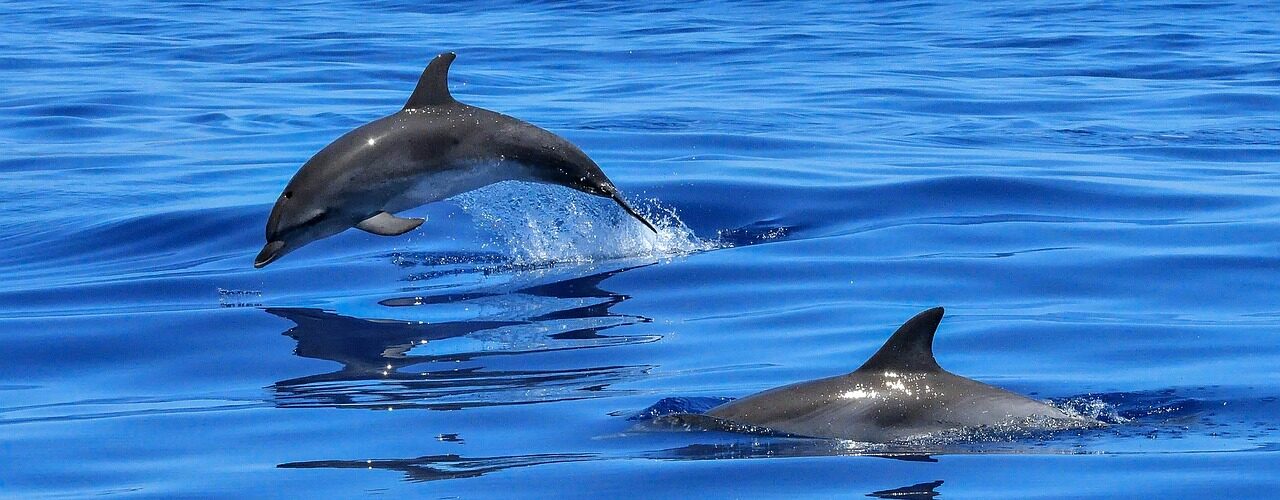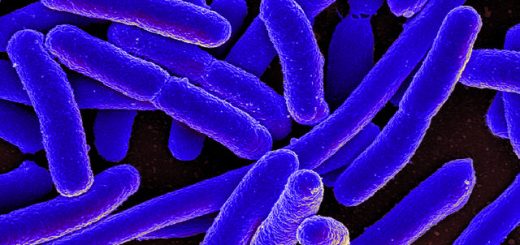Dolphins with Dementia?
We often consider complex age-related neurological diseases as uniquely human disorders, however, there is a growing body of evidence of brain diseases such as Alzheimer’s disease within the animal kingdom. Alzheimer’s disease, the most common form of dementia, is a progressive neurodegenerative disease clinically characterised by memory loss and cognitive dysfunction, eventually leading to changes in behaviour and motor function[1]. Pathologically, two major hallmark proteins, aggregated amyloid beta plaques and hyperphosphorylated neurofibrillary tau tangles, underlie the disease. These plaques and tangles, along with neuroinflammation, spread throughout the brain, resulting in the symptoms experienced by humans[2]. But Alzheimer’s disease-like pathology is not unique to humans.
Recent studies led by the University of St. Andrews, have examined post-mortem brains from five different species of Cetaceans, specifically Odontocetes (toothed whales) — Risso’s dolphins, long-finned pilot whales, white-beaked dolphins, harbour porpoises and bottlenose dolphins — that had been found stranded in Scottish coastal waters. Immunohistochemistry experiments revealed that all the aged animals showed an accumulation of amyloid plaques compared to younger animals. In three species, co-pathology of amyloid plaques and hyperphosphorylated tau within the neurons of the brain were discovered. Furthermore, signs of neuroinflammation were also present, with an increase of the brain’s immune cells — microglia and astrocytes — found surrounding the amyloid plaques. These results collectively demonstrate that these species can spontaneously develop Alzheimer’s disease-like pathology, however, it is unclear whether the animals experience cognitive symptoms like humans. Dolphins, whales, and porpoises are often found stranded in shallow waters or beaches, sometimes in groups (pods) and the underlying cause is unclear. This Alzheimer’s disease-like pathology may contribute to these unexplained strandings, suggesting cognitive decline or ‘sick-leader’ theory, whereby a pod finds themselves stranded due to the leader suffering memory loss and confusion[3],[4].
Alzheimer’s disease-like pathology is not limited to Cetaceans. Both amyloid plaques and tau tangles were found in the brains of chimpanzees, and plaques alone in rhesus monkeys and baboons. However, whilst older primates may experience some cognitive decline, it is not comparative to human dementia. The grey mouse lemur, a small primate native to Madagascar, naturally expresses amyloid beta and tau proteins, and demonstrates similar brain changes as ageing humans, making it a potential model of disease[5]. Furthermore, ageing cats and dogs can develop plaque and tangle aggregation leading to cognitive dysfunction syndrome, and experience disorientation and confusion comparable to human dementia[6],[7].
It is most likely that many other animal species experience Alzheimer’s disease-like pathology, however, whether it affects their health or contributes to cause of death like humans is unknown.
[1] https://www.alzforum.org/webinars/alzheimers-disease-uniquely-human-disorder#:~:tex
[2] https://pubmed.ncbi.nlm.nih.gov/23225010/
[3] https://news.st-andrews.ac.uk/archive/stranded-dolphins-brains-show-common-signs-
[4] https://www.discovermagazine.com/planet-earth/determining-if-dementia-is-uniquely-human
[5] https://www.discovermagazine.com/planet-earth/determining-if-dementia-is-uniquely-human
[6] https://bvajournals.onlinelibrary.wiley.com/doi/full/10.1002/vetr.3#:~:text=While%20there%
[7] https://www.frontiersin.org/journals/neuroscience/articles/10.3389/fnins.2019.00604/full
Edited by Despoina Allagioti
Copy-edited by Rachel Shannon








